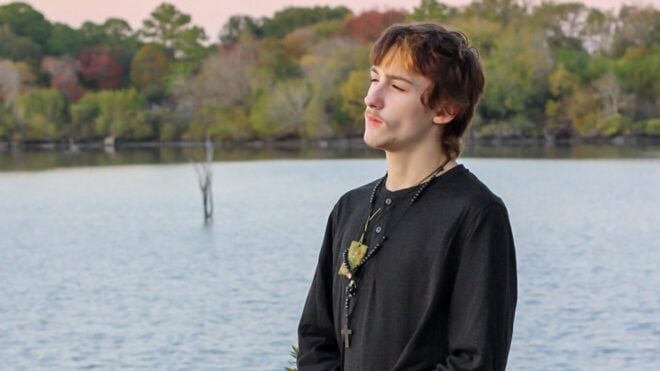The raw power of nature never ceases to inspire complete and utter awe.
Whether it's marveling at an amazing sunset or watching a once-in-a-lifetime lighting bolt strike, I am constantly humbled by the strength and beauty of Mother Earth.
So when I discovered this rare "fire rainbow" that's been lighting up the internet, I knew I had to learn more.
Though they resemble something out of a storybook, fire rainbows appear in nature in only the rarest of conditions. Stranger still, this atmospheric phenomenon can take place in perfectly sunny weather — no rainstorms are required.
Similar to its cousin, the "sun-dog," fire rainbows are part of the halo family, but only occur in very specific relation to the sun or moon.
Scroll below for a surprising look at the science behind these incredibly rare and beautiful natural occurrences.
Have you ever seen a fire rainbow? Let us know in the comments!
(H/T: Wikipedia, National Geographic)
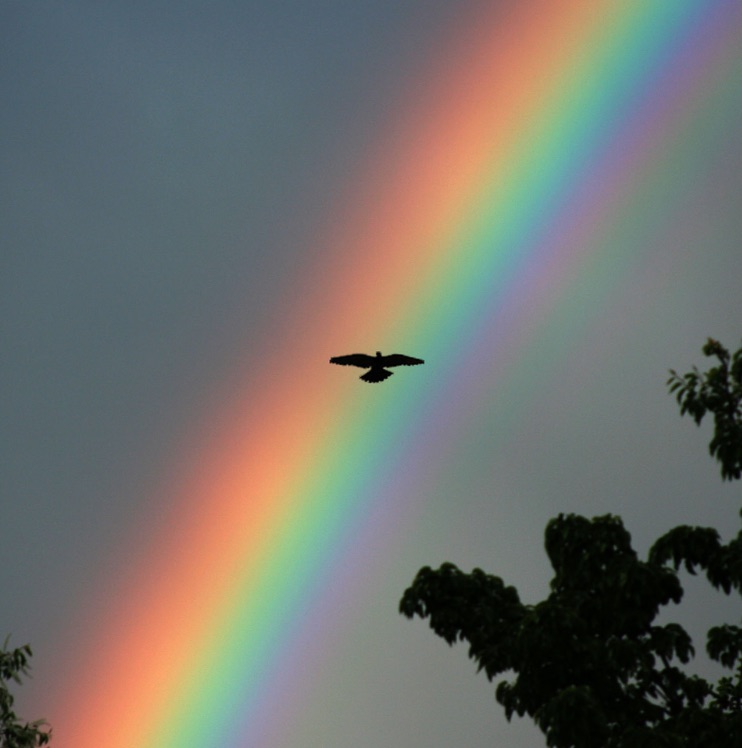
A standard rainbow is caused by the reflection and refraction of water after a storm. They can take the shape of the classic ‘arc’ or, on rare occasion, a full circle.
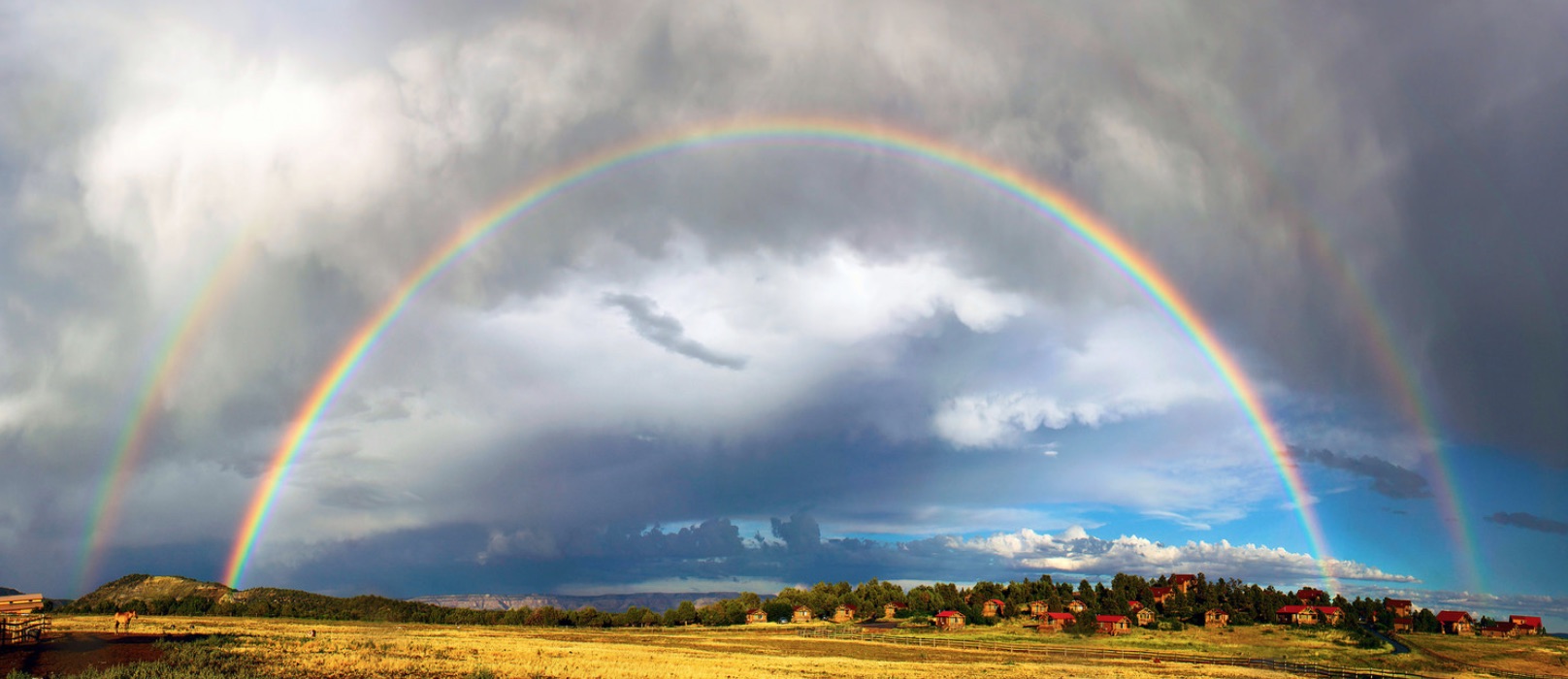
At times, rainbows may appear in the sky in "double" formation.
These secondary rainbows are caused by a double reflection of sunlight within raindrops and actually appear as the inverse color scheme of the original bow.
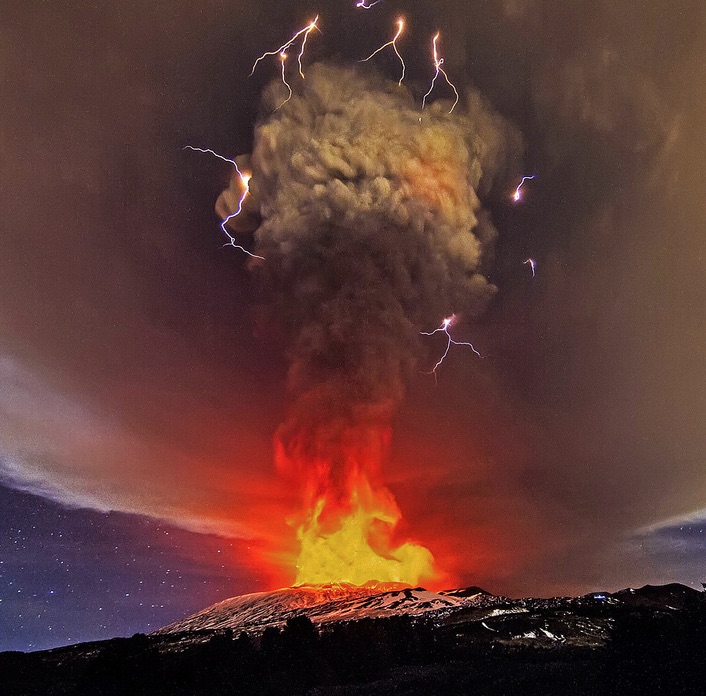
Contrary to their name, "fire rainbows" are not the result of light refracting off smoke or fire.
Unlike volcanic lighting — whose electrical charges are produced by a fiery eruption — fire rainbows occur in rather pleasant conditions.
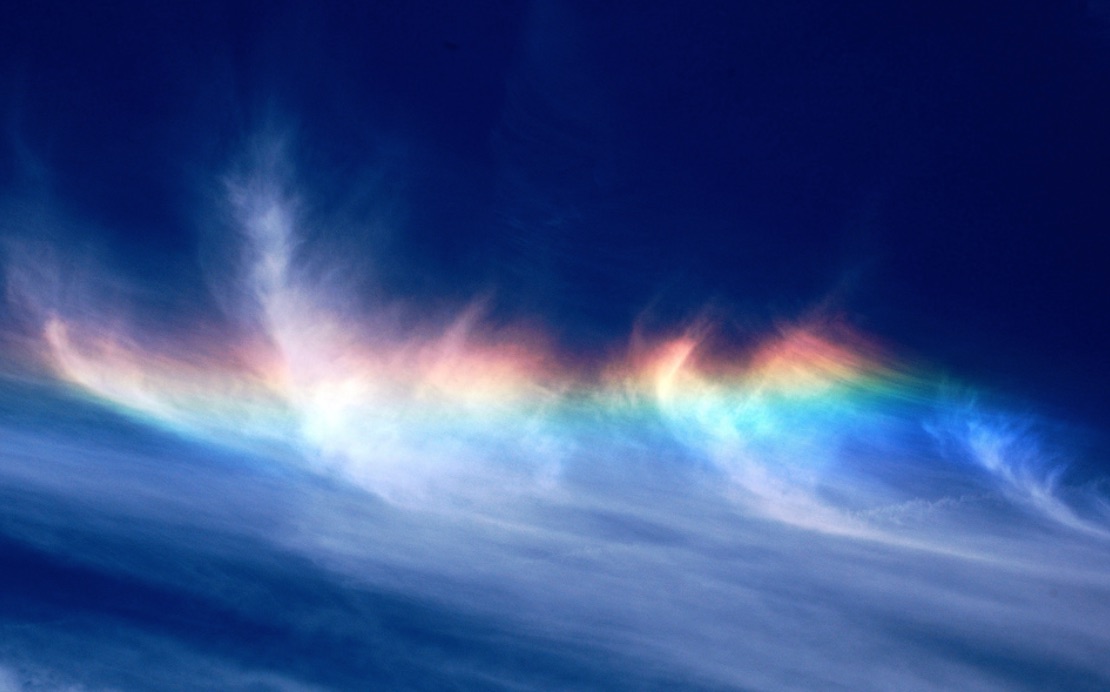
So what does create this strange atmospheric phenomenon?
These gorgeous fire rainbows are simply the result of light passing through high-altitude cirrus clouds.
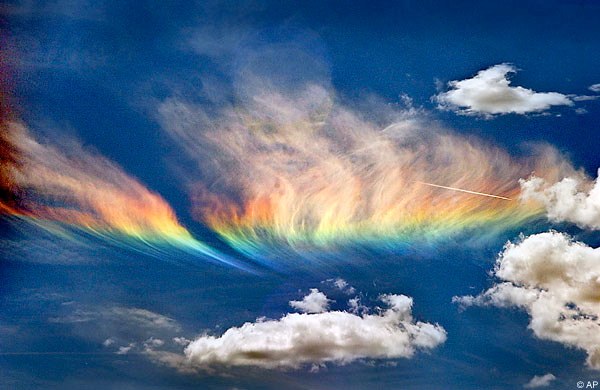
However, in order to be viewed, quite a few meteorological elements must be firmly in place.
First, the rainbow can only occur when the sun is extremely high in the sky – at a 58° angle, to be exact.
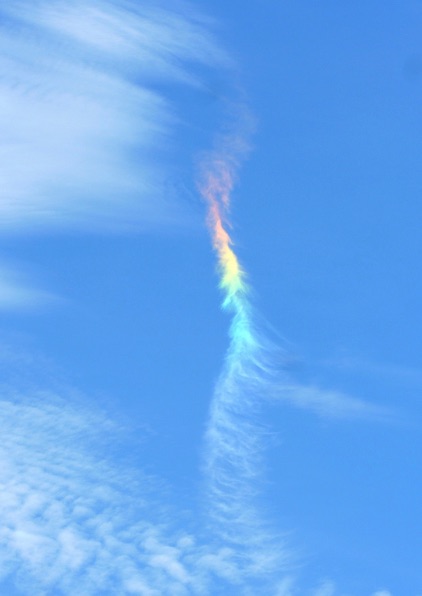
Second, hexagonal ice crystals within the clouds must be formed in the shape of thick plates, parallel to the ground.
The sunlight is then refracted vertically through the ice crystals, similar to the way in which light passes through a prism.
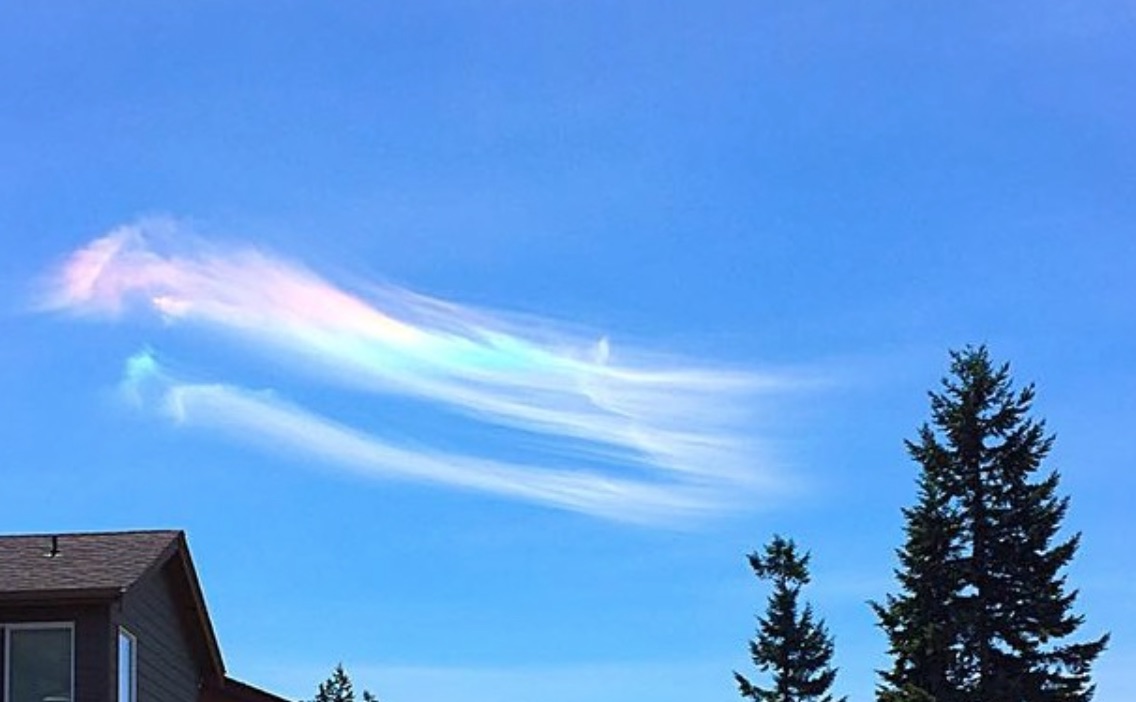
At its fullest formation, fire rainbows appear as a large, brightly spectrum-colored patch that sits parallel to the horizon.
The color red, however, is always seen at the very top of the patch.
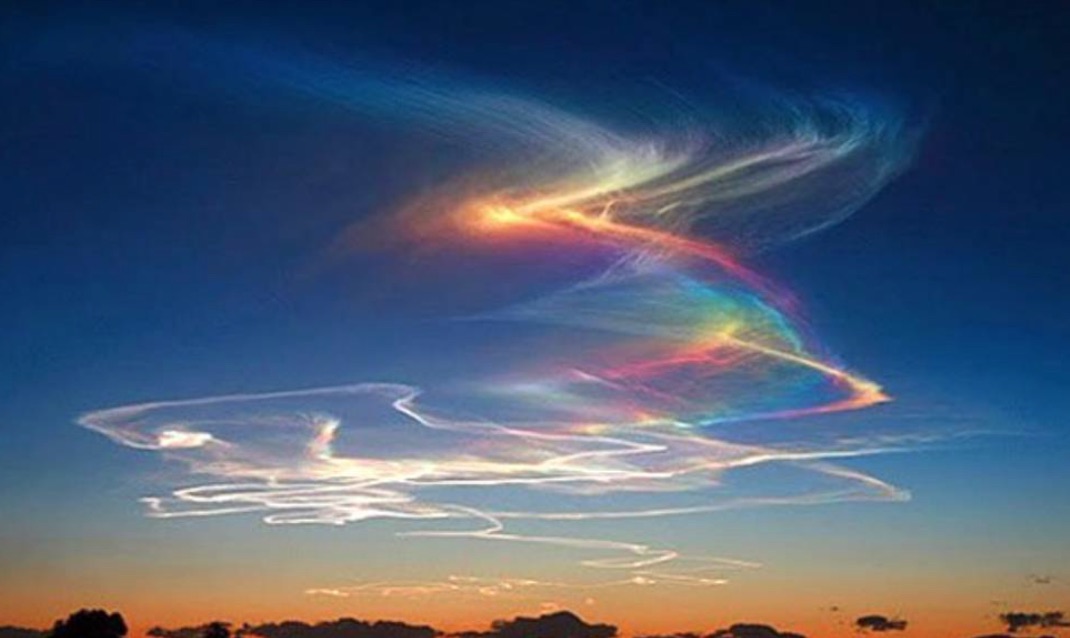
Though this phenomenon is often referred to as a "fire rainbow," the light show itself is not an actual rainbow, but rather something called a circumhorizontal arc.
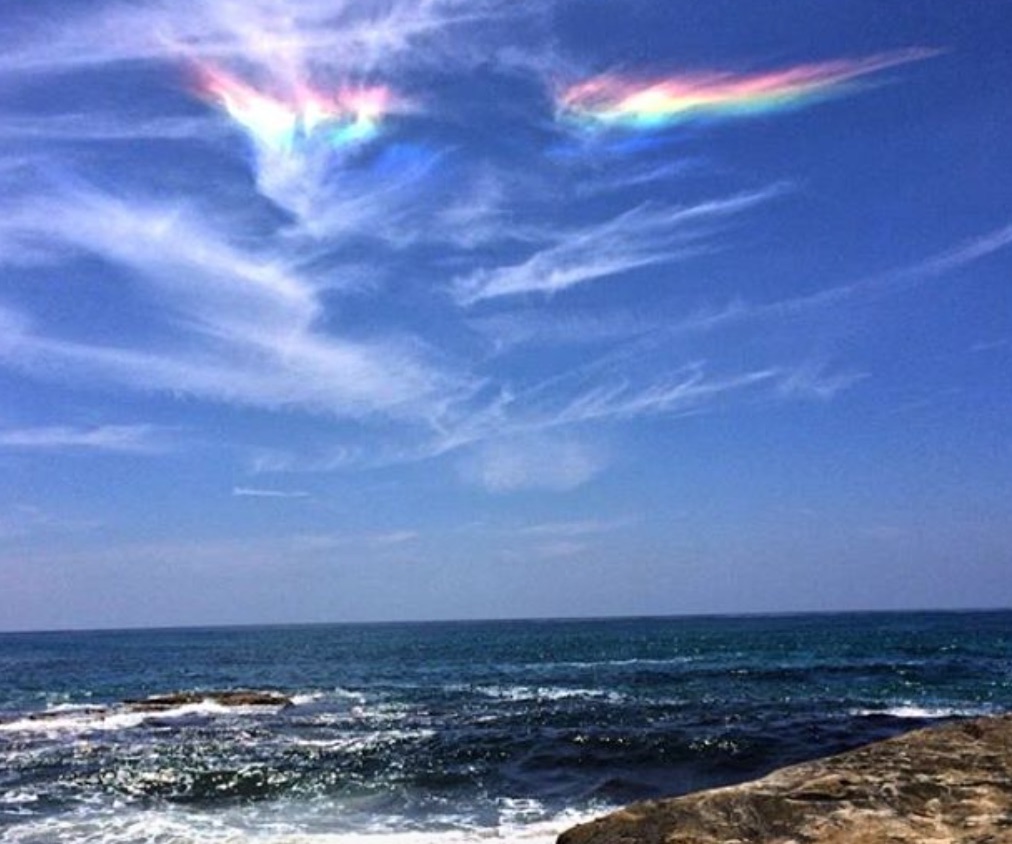
So how often can these rainbows be seen? Well, it depends on the viewer's latitude.

They are most frequently spotted in the United States, as the latitude allows for the sun to refract in just the right way.
The halo is impossible to view at any location past 55° north or south of the equator, ruling out half of Europe.
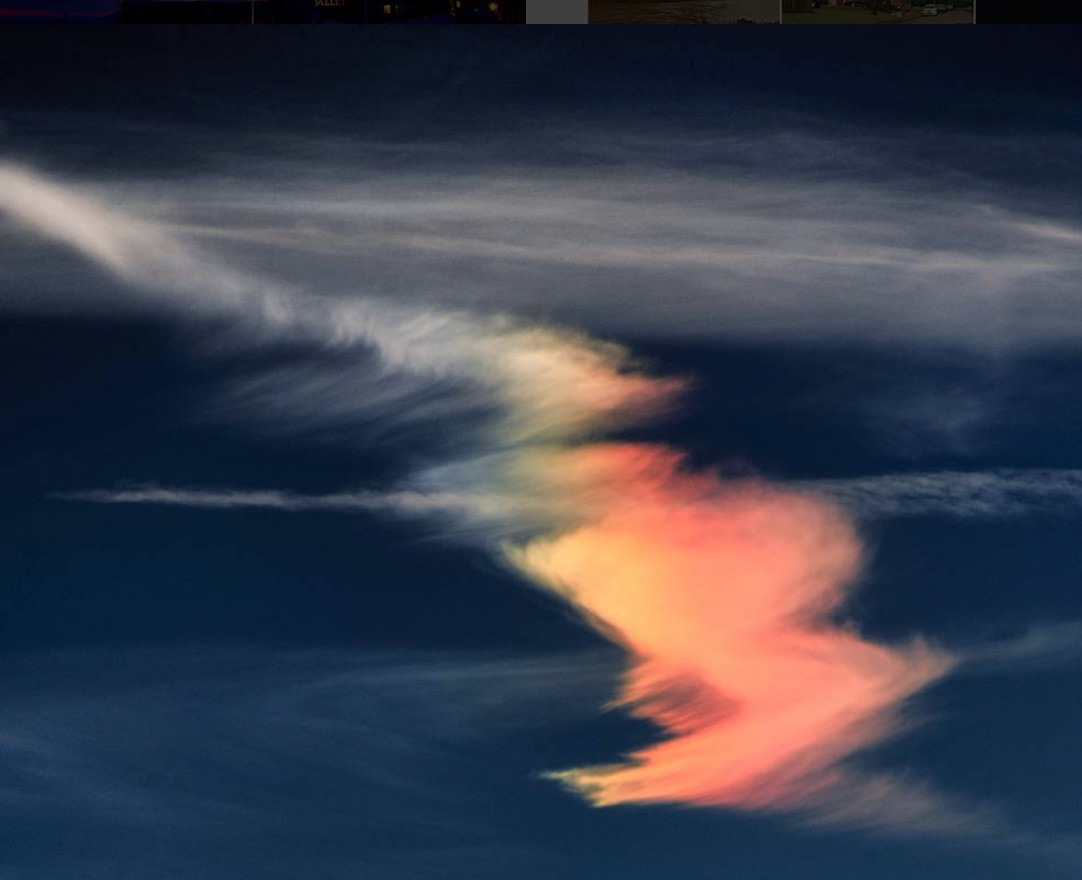
Fire rainbows, though similar, are not to be confused with "cloud iridescence."
This phenomenon also produces a rainbow effect, but through diffraction rather than refraction.
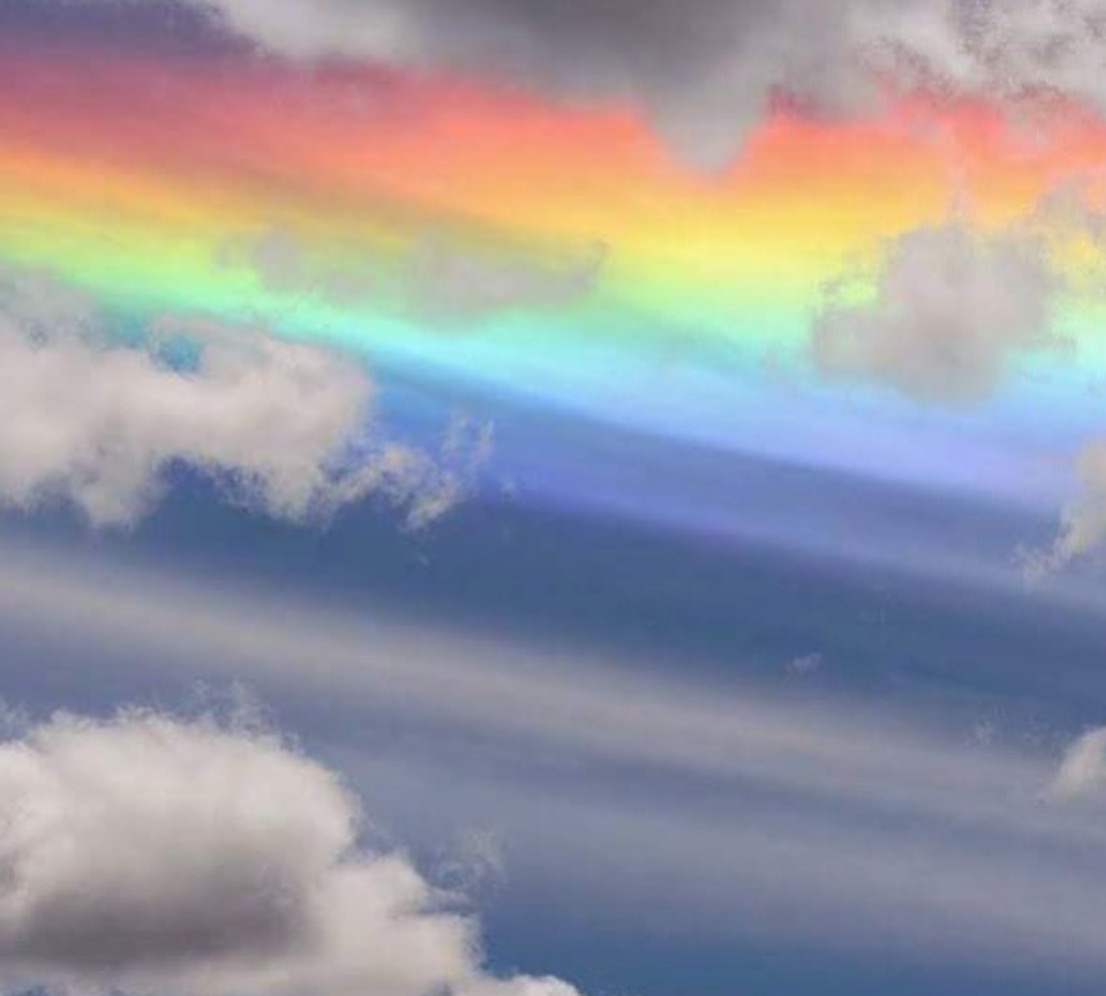
Though not traditionally seen as a sign of good luck like your average rainbow, fire rainbows are certainly a rare sight and worthy of sharing.
In many Eastern cultures, they're even viewed as a symbol of transformation. This meteorological event is incredibly gorgeous and truly a vision to behold.
Do you think rainbows are good luck? Have you ever seen a fire rainbow yourself? Let us know in the comments.
Please SHARE if you think fire rainbows are as beautiful as we do!


